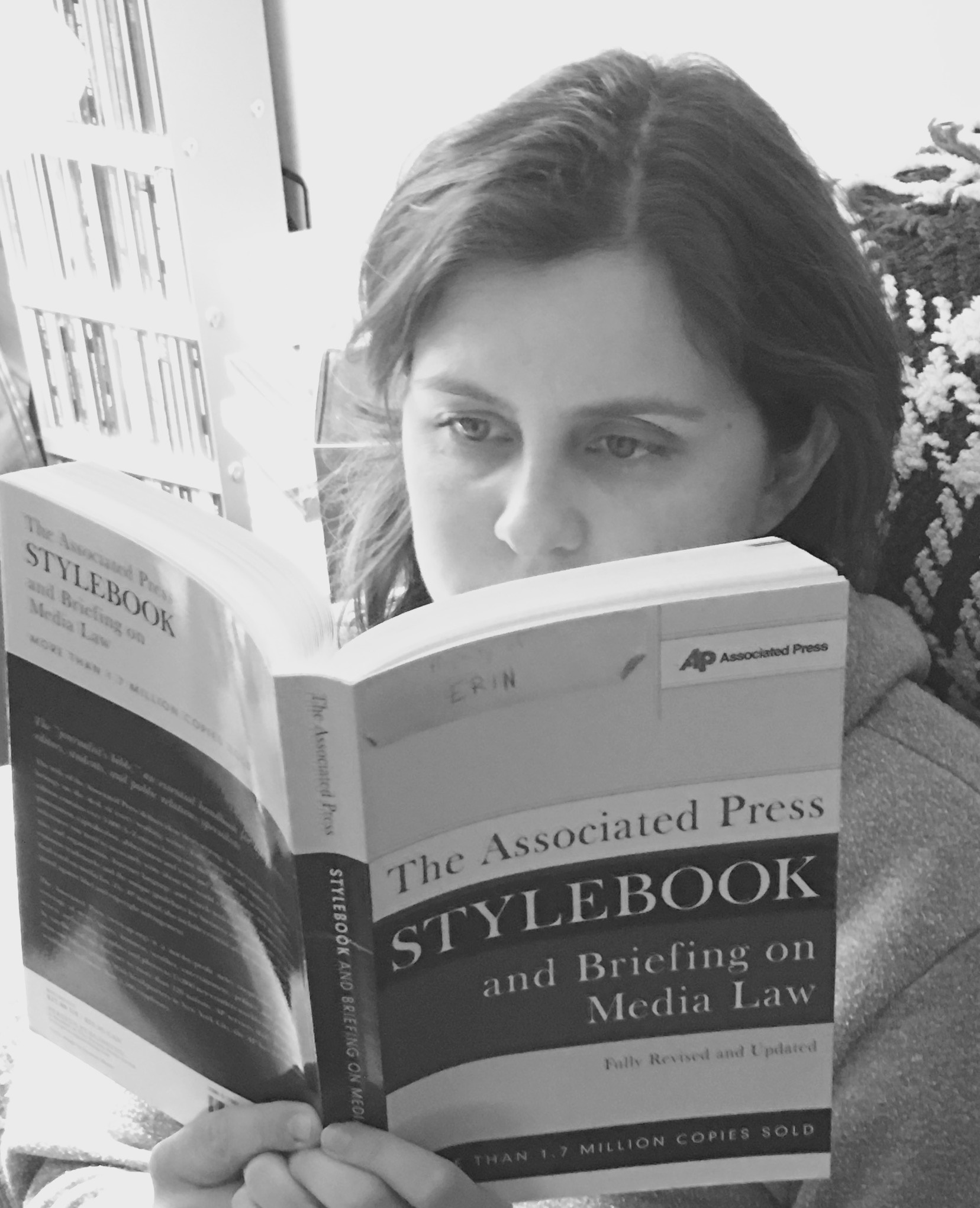You can’t spell ‘public relations’ without ‘AP’

Katharine Hepburn famously said, “If you obey all of the rules, you miss all of the fun.”
That may be true, but when writing press releases, not obeying the rules may mean missing out entirely.
And by rules, I’m referring to the AP Stylebook, the sacred text of journalists everywhere.
As much as some of the particulars may seem silly or arbitrary to you (“Who decided St. Louis stands alone but St. Augustine must carry the “Fla.” after it? And why is it “Fla.” and not “FL”?), AP style ensures a consistency that not only serves journalists and the readers, but should serve public relations professionals as well.
If the main goal of a press release is to gain press, then it’s necessary to obey the rules of the gatekeepers – rules that will help you and your client achieve that goal. Having a press release published is not only a great way to let the public know about your newest addition, service or product, but it’s also one of the few unpaid tools you have to share your message.
“You never get a second chance at a first impression,” goes the saying, so why not develop a reputation for delivering the clean, informative copy news outlets want and need?
Here are a few things you can do – and avoid – to help you maximize opportunities for your clients.
- Don’t bury the lead. If you think you get a lot of email, it’s nothing compared to an editor at a newspaper, online news source or other media outlet. Your news, while important to you and your client, is but one among many “important” items. Reread the first few sentences of your news release. If they don’t convey to a stranger why they’re reading, it’s time to simplify.
- Do not double space. Or triple space. Editors may find the random serial comma mildly annoying, but it’s nothing compared to having to go sentence by sentence removing extra spaces. Your English teacher may have required two spaces, but you’re no longer looking for an “A.” Your grade is getting published. And if you’re using three spaces here, two there and four in another instance, you may not be worth the effort.
- Attribution is important. Your widget may eventually revolutionize the world, but according to whom? If your press release is an unattributed list of adjectives and adverbs about the wonders of your creation, your release – if it runs at all – is likely to disappoint.
“The Widget Company, based in Anytown, USA, announced the release of its new product, Widget Plus. For more information, visit www.widgetplus.com.” But it was revolutionary! It was exciting! What happened? Adjectives are awesome, unless you’re actually trying to sell something in the press.
It goes something like this for an editor: “Revolutionary?” Eye roll. Highlight. Delete. Repeat. Instead, have someone say why the widget is so great. To reporters, credibility is everything. Use quotations. They legitimize and give a name to what you’re trying to convey. - Little things do matter. Most editors aren’t going to expect to get a completely clean, AP Style-adhering press release. But the closer you get will gain the respect of those you’re trying to engage. The AP Stylebook is fairly inexpensive (and online subscriptions also exist), so use it. In many cases, a simple Google search will answer your question. Abbreviating states correctly, capitalizing “Internet,” using 5 p.m. instead of 5:00 p.m. – all of these things not only make an editor’s job easier, but signal that you (and most importantly, your client), know what you’re talking about. Have fun, but for the most part, mind the rules.
